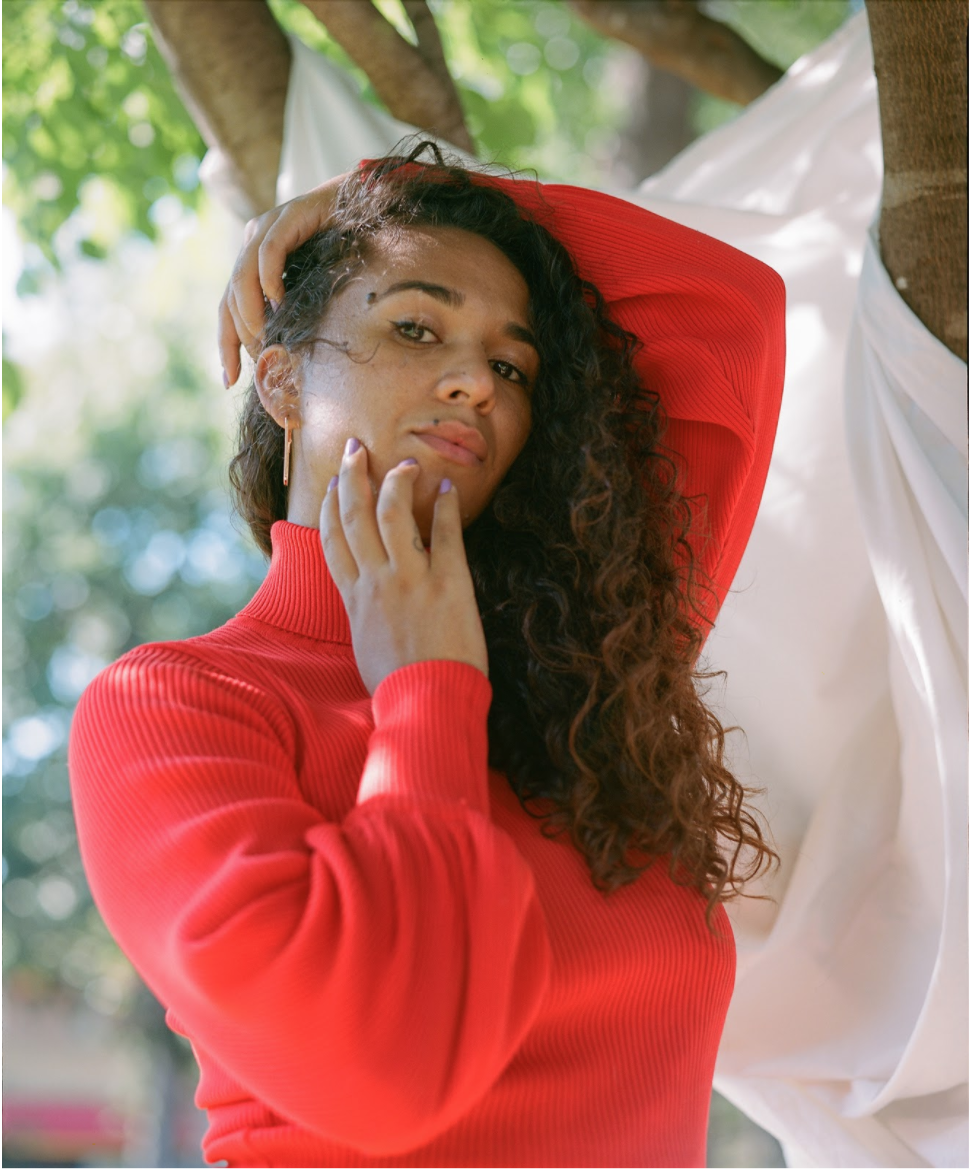Black Girls Gotta Stick Together, Right?
Hapa Mag - AUGUST 26, 2020
By Jazmine Jarvis
Growing up in a white suburban neighborhood in Nevada, I was no stranger to discrimination. My hair was too curly, my skin too dark, and my nose too wide. I was used to my Blackness being subtlety shamed. As a result, I naturally began to adapt. Transform. Stay out of the sun. Straighten my hair. Hide certain aspects of myself, and even then, I never truly felt like I fit in. So when I was given the opportunity to play college basketball across the country, I jumped on it. New York City?! That’s the place for me! Anyone can fit in there! I can start fresh. Find people to relate to. I can be me. To my surprise, my first weeks at the school proved otherwise. There were probably 4 or 5 Black girls on the basketball team, a fact that I thought would comfort me. Black girls gotta stick together, right? Well, that’s only if they count you as Black...
“What are you?”
“Why is your hair like that?”
“Why do you talk like that?”
“You sound white.”
“Lightskin!”
“White girl!”
“You’re not Black.”
“I’m taking your Black card.”
I was shocked. I was also a freshman at a new school in a new state where I didn’t know a soul. So, to be quite frank, I was scared. I couldn’t just run away and hide in my shell like I normally would. These were my teammates. Women I was forced to interact with on a daily basis.
I had never experienced prejudice from a fellow person of color. It was confusing. Aren’t we both brown? Aren’t we both oppressed in some way? Don’t we share ancestors? Our struggles may be different, but at the end of the day we both have suffered because of our skin color. Deep down inside, I felt like I couldn’t stand up to it or deny it. Because my Blackness was so silenced growing up, I believed that all of the insults being thrown at me had some validity. I WAS half white. I DID talk a little different. My skin WAS lighter. How could I claim to be Black when my whole life up to this point I tried to hide it? Although I didn’t do that consciously nor intentionally, my Blackness was suppressed nonetheless. I came from an environment that told me to only show my white side, and now I was living in an environment telling me to put that side away.
Those college years I unearthed my Blackness. I spent time with that part of myself. Learned to live in it and love it. Bit by bit, I removed the conditioning of my childhood. I worked to understand these Black women whom I triggered so deeply. In many ways I am grateful for those few teammates that judged me so harshly. They taught me to stand up for myself. Stand up for my identity. To not hide or deny my Blackness. To not allow others to define me. Sometimes, adversity is our greatest teacher.
Mixed in America (MIA) empowers the Mixed community and heals the Mixed identity. MIA is run by two multiracial activists, Jazmine Jarvis and Meagan Kimberly Smith, looking to have a more nuanced conversation about race in America.Embracing duality is not easy. The resulting wounds are oftentimes invalidated, misunderstood, and ignored, leaving us with very few resources to assist in authentic healing. Mixed in America aims to provide these resources and facilitate spaces to remedy these complex challenges. mixedinamerica.org


